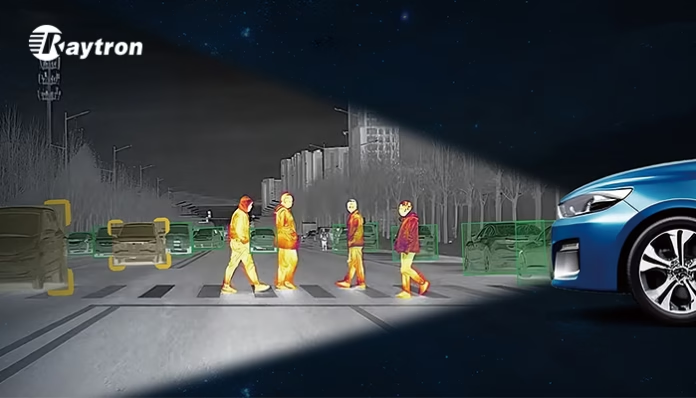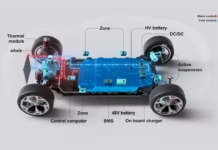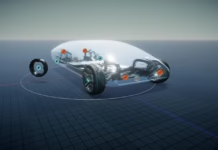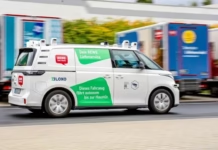Advanced Thermal Imaging System in Electric Vehicles
Geely LEVC L380 EV now features a cutting-edge infrared night vision system powered by Raytron’s thermal imaging technology. This system outperforms conventional headlights with a detection range of up to 300 meters. It offers wide horizontal coverage, reducing blind spots and enhancing safety during lane changes or driving on curved roads.
How Raytron’s Technology Works
Raytron‘s system uses an 8μm uncooled infrared detector combined with super-resolution algorithms that enhance image clarity to near-1080p quality. This high-resolution thermal imaging detects over 95% of pedestrians and 98% of vehicles even in conditions like darkness, fog, and glare. The shutterless design ensures seamless real-time sensing critical for advanced driver assistance.
Thermal Imaging’s Role in Collision Reduction
Night driving is statistically more dangerous, with fatality rates three times higher than daytime. Thermal imaging systems provide extra reaction time to drivers by detecting hazards earlier than traditional optics. This technology integrates with ADAS to enable proactive safety interventions, enhancing nighttime road safety significantly.
Mainstream Adoption and Market Impact
Major Chinese automakers such as BYD, Zeekr, Great Wall Motors, and Dayun have integrated Raytron’s thermal imaging modules into their electric vehicles. This trend moves thermal imaging technology from high-end luxury vehicles toward mainstream EV safety, supporting safer and more reliable 24/7 driving experiences regardless of environmental conditions.
Moving Toward Safer Electric Mobility
Thermal imaging technology, as deployed by Geely in the LEVC L380, is a game-changer for night driving safety in electric vehicles. Offering superior hazard detection and improved visibility in adverse conditions, it is a crucial innovation advancing the global push for safer, more intelligent transportation solutions. This technology is expected to become a standard safety feature in electric vehicles, helping reduce night collision rates worldwide.







